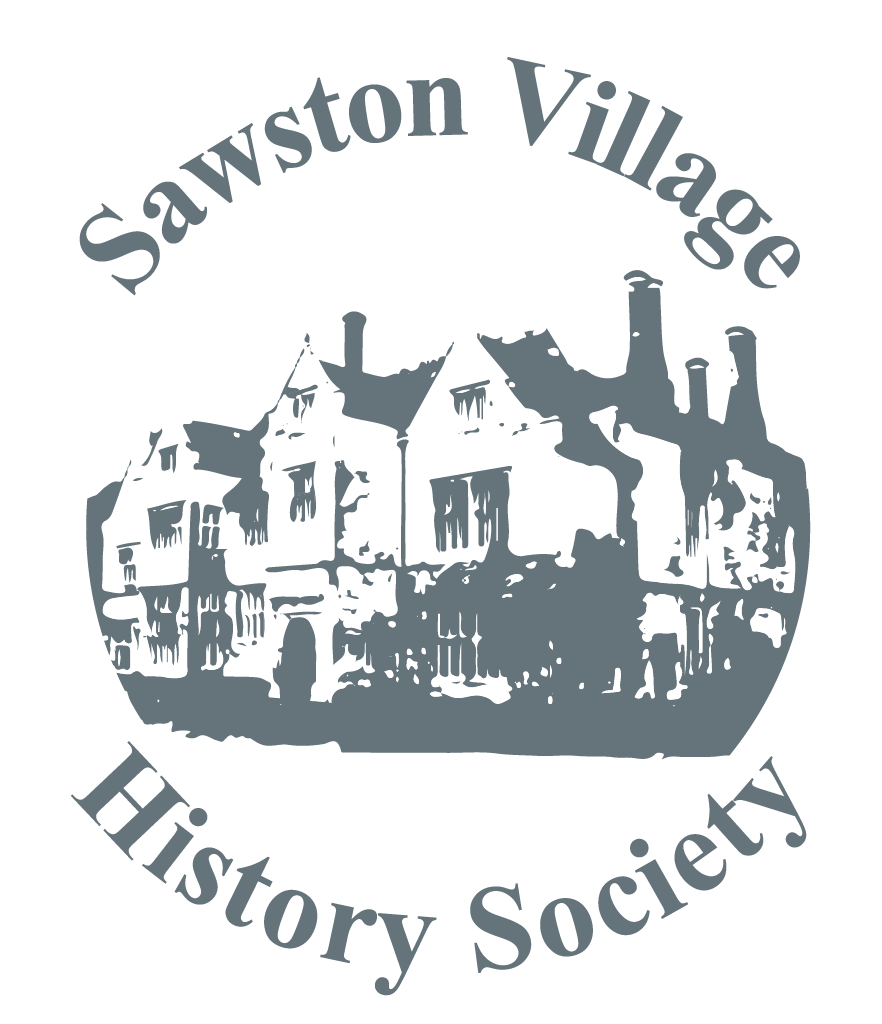
VYVYEN BRENDON gave a talk in October on "CHILDREN OF THE RAJ", writes Tony Moss. The talk was based on her book (published by Weidenfeld & Nicolson). Her research included many interviews with those involved.
There are many local links with the Raj. Henry Martyn, curate of Holy Trinity Church in Cambridge, went as a missionary but sadly died after six years aged 31. Thomas Truebody Thomason, a vicar of Shelford, was the son of an India Civil Servant, grandson of a soldier in India, and a great-grandson of an engineer on the Indian Railways. Henry Huddleston of Sawston Hall in 1820 started 30 years of working as a Civil Engineer for the East India Company. The 1851 census shows that the Forbes children, whose father was a judge in India, were living in the parsonage at the bottom of Hillside which was being run as a school by the Sawston parson.
There was a rigid hierarchy in India: heaven-born Civil Servants, Army Officers, Box Wallahs such as traders (fabrics, spices and opium), and planters (tea, rubber, indigo), then came missionaries, and railwaymen. This decided your club, sport, and social position. Most of the Raj left at independence in 1948.
Most children of the Raj were sent to England for education, at an early age and often travelling alone. As the journey time was so long, they could not return for the holidays but were wished upon relatives, and there was no telephone communication with India. The Pemberton family archive in Trumpington Hall shows the son of the family marrying in 1771 and having 3 sons and a daughter in India. These were sent home to be schooled in Cavendish. When he died in 1794 his will mentioned 2 daughters who are never mentioned elsewhere, so may be assumed to be Anglo-Indian. The problem of wives for the English workers in India was partly solved by the "Fishing Fleets" where single English women were recruited to be sent to India with marriage in mind.
There are many examples of letters sent to parents in India by lonely, unhappy, sons and daughters at school (and on holiday) in England. Because the children rarely had a stable life, there are fewer examples remaining of letters sent by 'bereaved' parents in India. One Baptist missionary retired when his son reached school age so that the family could return to England together. Rab Butlerís sister, Iris Portal, went to Kotah State and his nieces Jane and Susan were sent home to England. One of them later developed serious psychological problems.
One of the alternatives was to go to public school in India, especially if the parents were not rich. However, these were usually mixed race schools such as Bishop Cotton School in Simla. There were also army schools and Catholic schools. Another alternative was home schooling.
The health of children who stayed in India was not seriously affected if compared with the health of English Victorian children. Most children of the Raj fondly remember their time in India, with pets, servants, games with Indian friends, and wildlife. Snakes and leopards were the main dangers. Few British children were killed in the Indian Mutiny of 1857, often being helped by Indian servants. Also, British children were rarely affected by partition during independence.
A great many families in England have links to the Raj, as was shown by the contributions of History Society members after the talk.
Tony Moss